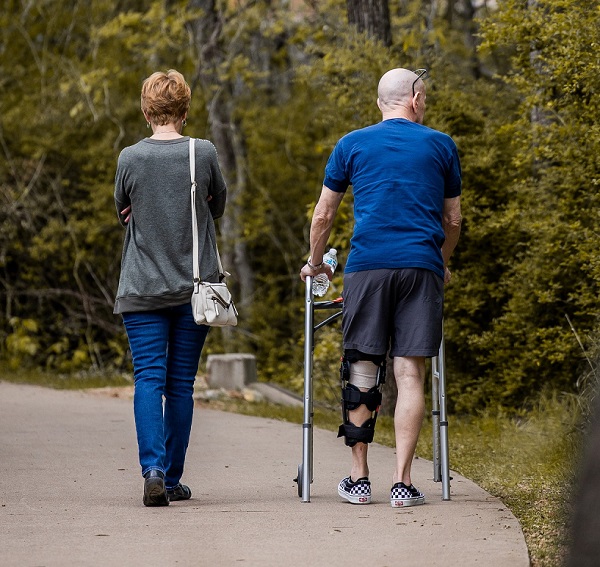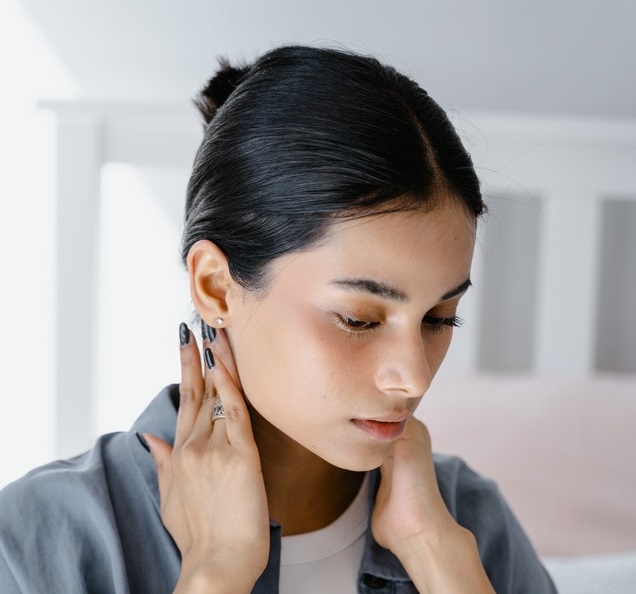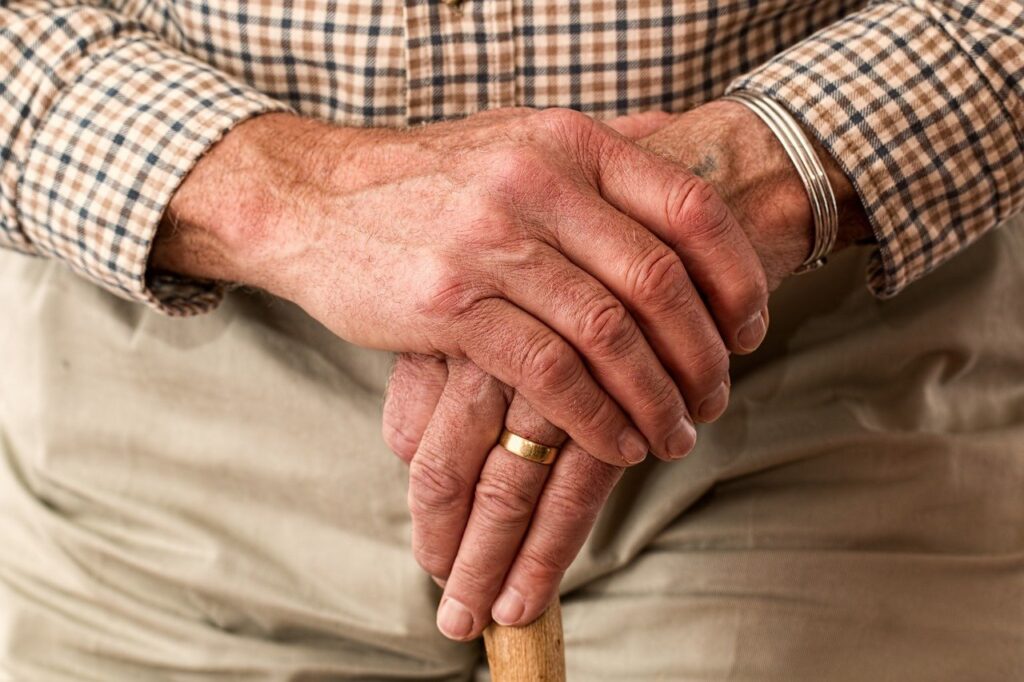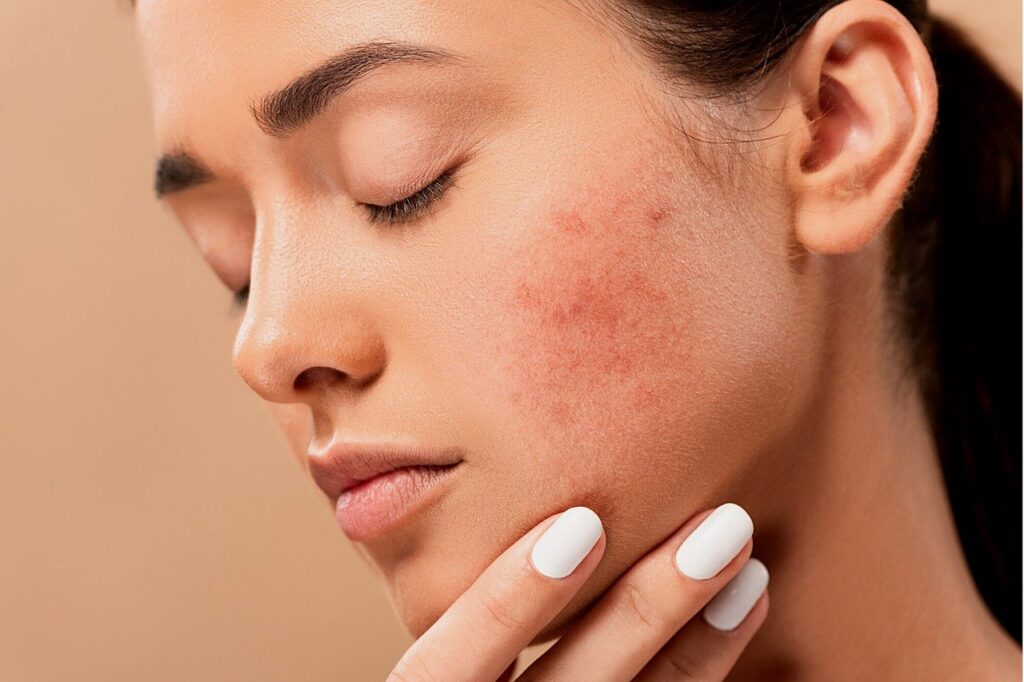Words: Dr Rajgopal NIDAMBOOR You know its import, don’t you? Or, so you thought. Either way, whether you are a physician, parent or an educator, you are right. It’s all about a new — or, old — phenomenon that is gaining ground everywhere. You’d call it a case of an entire subculture gone askew, but
Embrace Wellness
Hi there ? It’s nice to meet you.
Sign Up for our Newsletter to get notified about new articles and updates.










